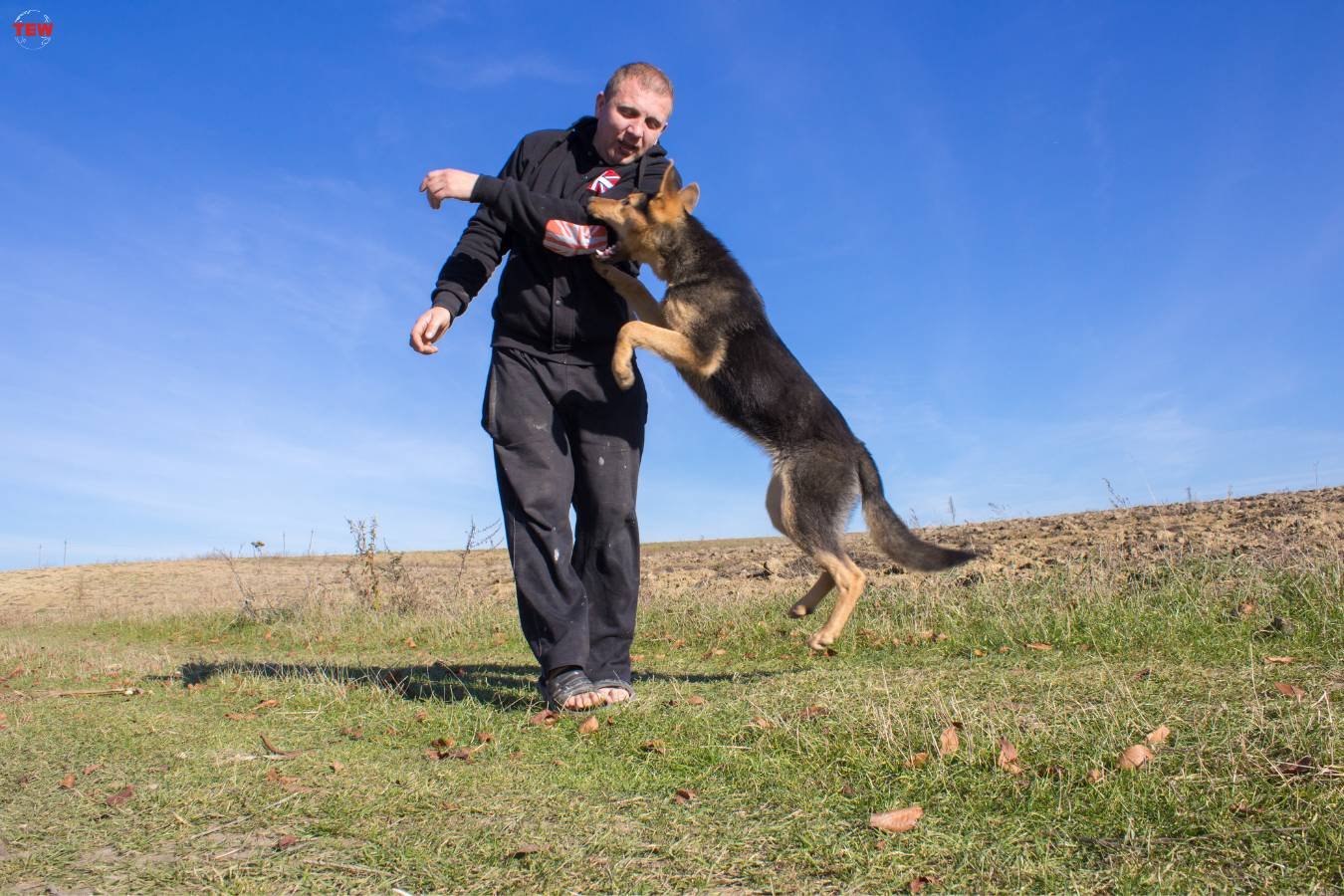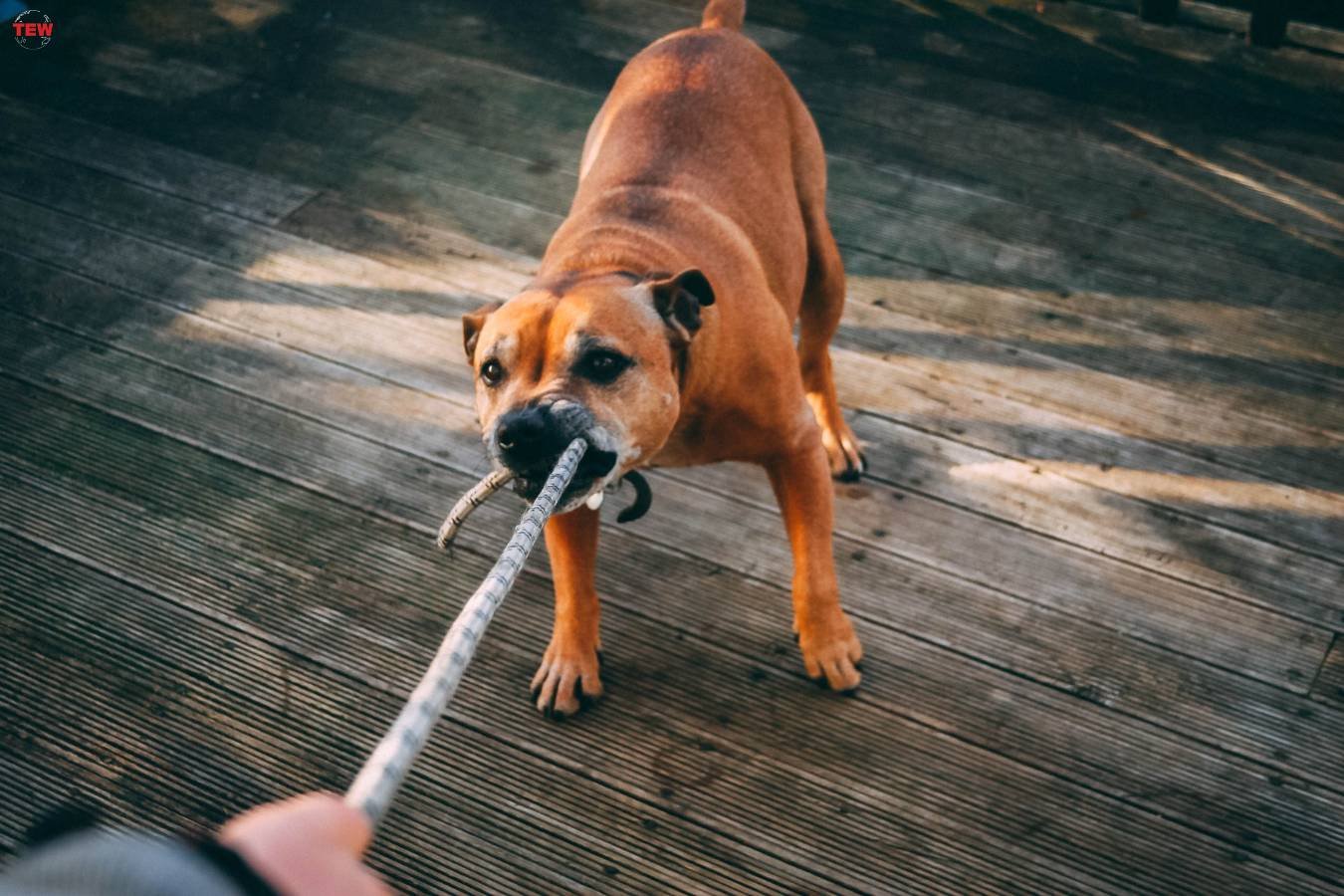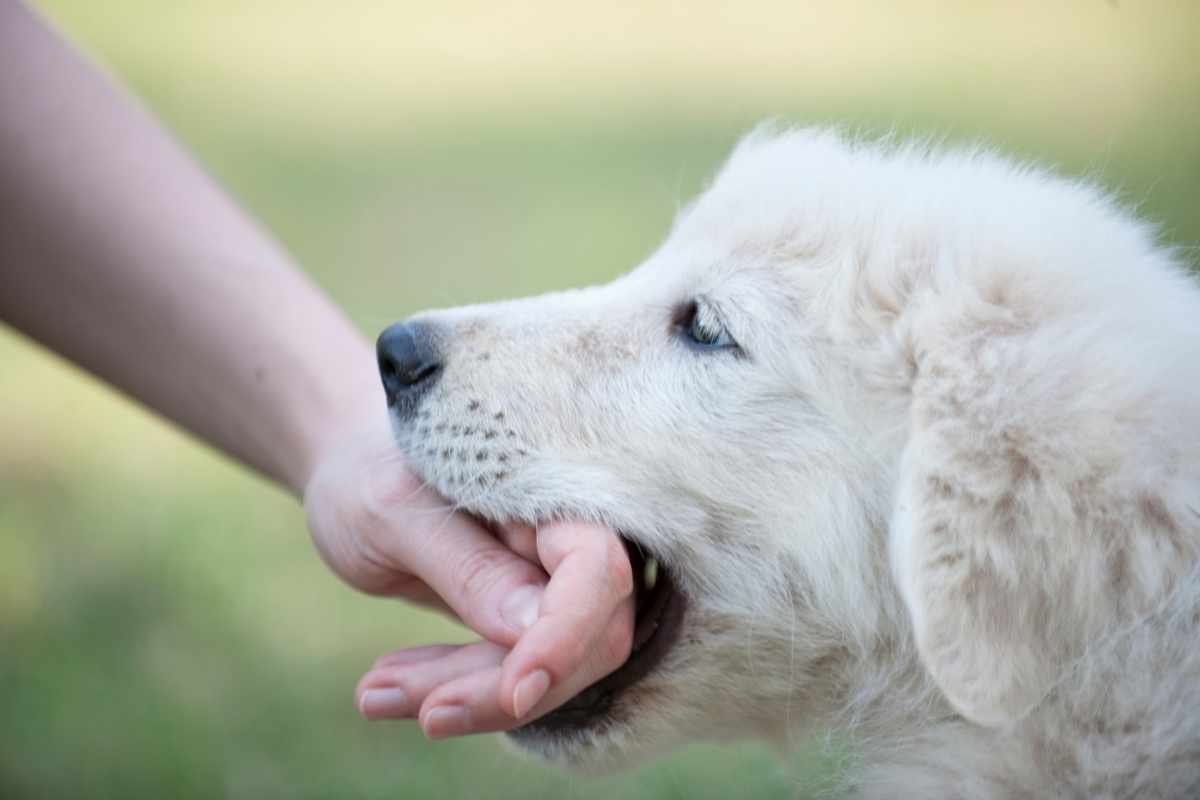Experiencing a dog bite is an unforeseen and often distressing event that leaves individuals grappling with both physical and emotional repercussions. Whether the bite is inflicted by a known family pet or an unfamiliar stray, understanding how to respond in the aftermath is crucial.
Steps to follow after Bitten by a Dog:
1. Immediate Actions

The initial moments after getting bit by a dog are emotionally charged, and staying calm is of paramount importance. Panic can hinder one’s ability to think clearly and respond effectively. By taking a few deep breaths, individuals can regain composure, allowing for a more measured assessment of the situation. If circumstances allow, carefully distance oneself from the dog to prevent further harm. Enlisting the assistance of the dog’s owner or nearby individuals to secure the canine is essential. This not only ensures personal safety but also minimizes the risk of additional bites, fostering a safer environment for everyone involved.
Post-bite, attending to the wound promptly is crucial for minimizing infection risks. Gently wash the bite with mild soap and lukewarm water, avoiding harsh chemicals that might impede the natural healing process. The application of antiseptic ointments aids in reducing infection risks and promotes optimal healing.
2. Seeking Medical Attention
After the immediate first aid, it is imperative to assess the severity of the dog bite. While superficial wounds may be managed at home, deep or profusely bleeding bites demand professional medical attention. The importance of this assessment cannot be overstated, as complications may arise even from seemingly minor bites. Consulting a healthcare professional is advisable, regardless of the perceived severity of the bite. Their expertise ensures a thorough evaluation of the wound, potential prescription of antibiotics to thwart infection, and guidance on effective wound care practices.
Often overlooked, confirming the status of one’s tetanus shot is crucial. Given the potential exposure to bacteria through dog bites, it is advisable to consult with a healthcare provider for a booster if more than five years have passed since the last vaccination. This proactive measure further safeguards against potential complications.
3. Reporting the Incident

In the aftermath of a dog bite, gathering pertinent information about the dog and its owner becomes invaluable for both medical and legal purposes. Details such as names and contact information contribute to a comprehensive understanding of the incident. Timely reporting of the incident to local animal control or health authorities is a responsible course of action. Their intervention not only facilitates an investigation into the incident but also ensures verification of the dog’s vaccination status. This proactive step contributes to public safety by initiating preventive measures to avert future occurrences.
4. Understanding Legal Rights
Post-incident, meticulous documentation becomes pivotal for potential legal proceedings. Clear photographs capturing the bite wound, injuries sustained, and the location of the incident serve as crucial visual evidence. This documentation supports the establishment of the facts surrounding the incident. Seeking counsel from a personal injury attorney is a prudent step to comprehend one’s legal rights and potential avenues for recourse. An attorney’s expertise provides valuable insights into possible compensation for medical expenses, pain, suffering, or other damages resulting from the dog bite.
Remaining cognizant of statutes of limitations governing legal actions is crucial. Timely consultation with an attorney ensures compliance with these time constraints, safeguarding the opportunity to seek compensation for damages resulting from the dog bite.
Encountering a dog bite requires individuals to navigate a complex aftermath. Prioritizing health through immediate medical attention, responsible reporting of the incident, and seeking legal counsel if necessary, fosters a proactive response. This approach not only facilitates a smoother recovery but also contributes to preventing similar incidents in the future. In taking these comprehensive steps, individuals empower themselves to address the physical, emotional, and legal aspects of a dog bite incident with diligence and foresight.






